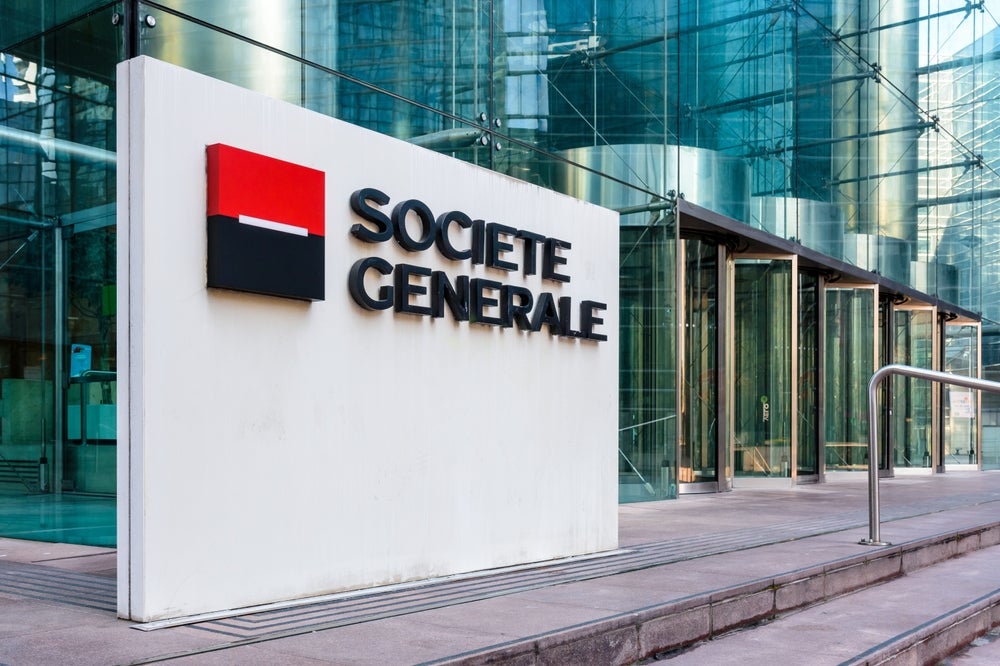FX hedging will become a necessity for tackling market volatility
2022 saw market volatility increase and a prominent rise in the dollar’s popularity as investors rushed to purchase more of the currency due to the fear of a looming global recession. As the dollar increased in strength, many US companies which trade overseas saw a drop in their earnings. The rise of the dollar has since subdued but currency markets continue to fluctuate.
The importance of locking in rates ahead of buying and selling goods and services is now more critical than ever. Significant losses due to volatility and fluctuations in the value of currencies, in this case, the dollar, should raise the alarm for firms which continue to ignore FX hedging.
Businesses will seek to make cross-border payments more efficient and cost-effective
SMEs are sending and receiving more cross border payments now than before the pandemic. We’ve seen a rapid acceleration of volumes in the last 12 months, and, in part, this reflects a very notable increase in demand for borderless payments across the market.
Businesses face persistent problems when paying suppliers in different countries. The challenge is that working with traditional banks involves limited and incomplete payment information, making it difficult to reconcile payments. The high level of fees applied by banks to those payments also hurts SMEs’ competitiveness. More businesses are buying into a more streamlined, integrated approach that can deliver significant cost savings.
Supply chain disruption will continue into 2023
The Covid-19 pandemic and the current geopolitical situation have only compounded existing issues within supply chains such as lengthy cross border payment cycles. Inventory days are a key factor when looking at supply chain disruption. When the shipment of goods is delayed, the number of inventory days – the time each item or stock is in the warehouse – increases.
The problem is that traditional approaches to cross-border payments are complex, long, and expensive, adding to the number of inventory days. This means seeking a solution to slow payments through technology is essential for treasurers.
How well do you really know your competitors?
Access the most comprehensive Company Profiles on the market, powered by GlobalData. Save hours of research. Gain competitive edge.

Thank you!
Your download email will arrive shortly
Not ready to buy yet? Download a free sample
We are confident about the unique quality of our Company Profiles. However, we want you to make the most beneficial decision for your business, so we offer a free sample that you can download by submitting the below form
By GlobalDataCorporate banking will emerge from the shadows of consumer banking
Business-to-business customers are beginning to insist on the same seamless real-time transactions they expect as consumers. The traditional corporate banking model is still prone to inefficiencies and suffers from a lack of investment. Banks’ IT budgets are often channelled into updating their own aged legacy systems that are unable to communicate with each other and third-party systems effectively. What corporates really require is a single interface where they can conduct treasury forecasts as well as all their audits and cash positions in real time, whatever the currency.
These shortcomings – the lack of investment in new platforms and the absence of multicurrency management tools – are why many treasurers are desperate for an alternative option to the traditional corporate banking model.
The payments market will continue to grow
The fintech sector has seen investment slow down this year however the adoption of digital payments is still a prime growth area within the sector. A Visa and MIT Technology Insight report found that in 2022, 37% of global business leaders are venturing into cross-border transactions with the help of fintech’s.
Businesses are now looking for solutions to speed up cross-border payment processes while being cost-effective and transparent. When working with traditional banks, it’s more challenging for businesses to reconcile payments which can delay the shipment of goods.
Treasury’s technology transformation will accelerate further through increased integration
There remains a widespread lack of integration and numerous legacy systems, all of which continue to hinder treasurers. As such, they’re forced to rely on fragmented technology and processes to manage multiple yet interconnected functions across payments and currency risk.
As FX hedging and cross-border payments become more prominent, the desire from treasurers to have all their services in one integrated platform will increase. Integrated systems can provide greater oversight of their treasury in real-time and utilise the insights to drive faster, better decisions.








Related Company Profiles
Visa Inc